6 Unconventional Internet Marketing Tactics
Loves Data
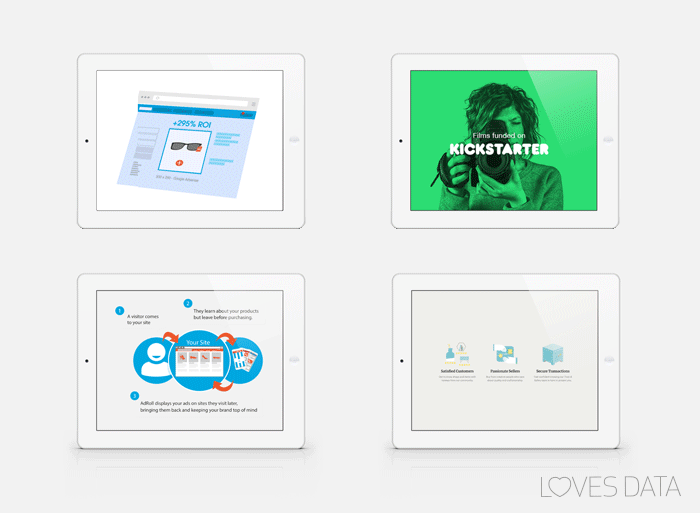
In the world of marketing, brands, agencies and marketers are constantly attempting to create the perfect campaign for their targeted audience. The constant drive to do something that will entertain their audience or prompt recall in their long and short term memory. Traditional marketing is usually overlooked in searching for that differential factor that will grab the attention of their audience or when launching a new product or service on the market. This is when marketers turn to unconventional internet marketing tactics. Successful unconventional marketing doesn’t only spark interest in consumers, it alters the way they view a brand. This blog particularly looks at 6 ways you can implement unconventional internet marketing both on a large scale, working for a global organisation as well as, a smaller individual marketer scale.
1. Online crowdfunding
Crowdfunding, also known as ‘alternative financing’ has increased phenomenally online recently. There are a plethora of websites hosting projects to raise funds for both for-profit and nonprofit products and causes. The concept of online crowdfunding is creating an online community with members willing to put money behind a project or cause to reach success. Usually, the profit-seeking sites offer rewards for support or even the product itself. One of the more popular online crowdfunding platforms is Kickstarter with a huge online community supporting 15 different categories, of creative projects, get on the market. According to the Kickstarter website, since their launch 11 million people have backed a project, $2.3 billion has been pledged, and 104,731 projects have been successfully funded.
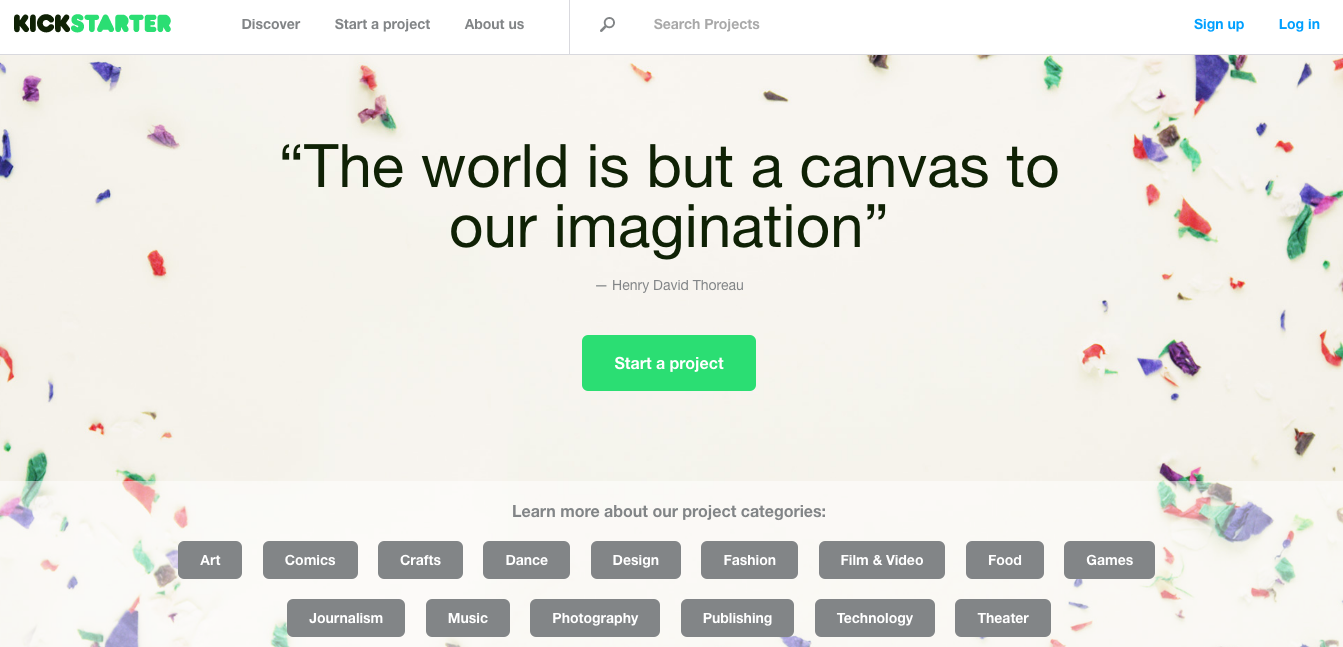
Indiegogo’s another popular online crowdfunding platform that drives entrepreneurial empowerment by creating a space for projects to reach the marketplace. Indiegogo’s seen as a more flexible platform, offering more product categories and test opportunities than Kickstarter. A perk from Indiegogo is that they offer The Gogofactor which uses an algorithm to assist in reaching the best audience for particular campaigns. The Gogofactor ties in with the campaign’s social engagement through platforms such as Facebook, targeting audiences who may be interested in a certain campaign.
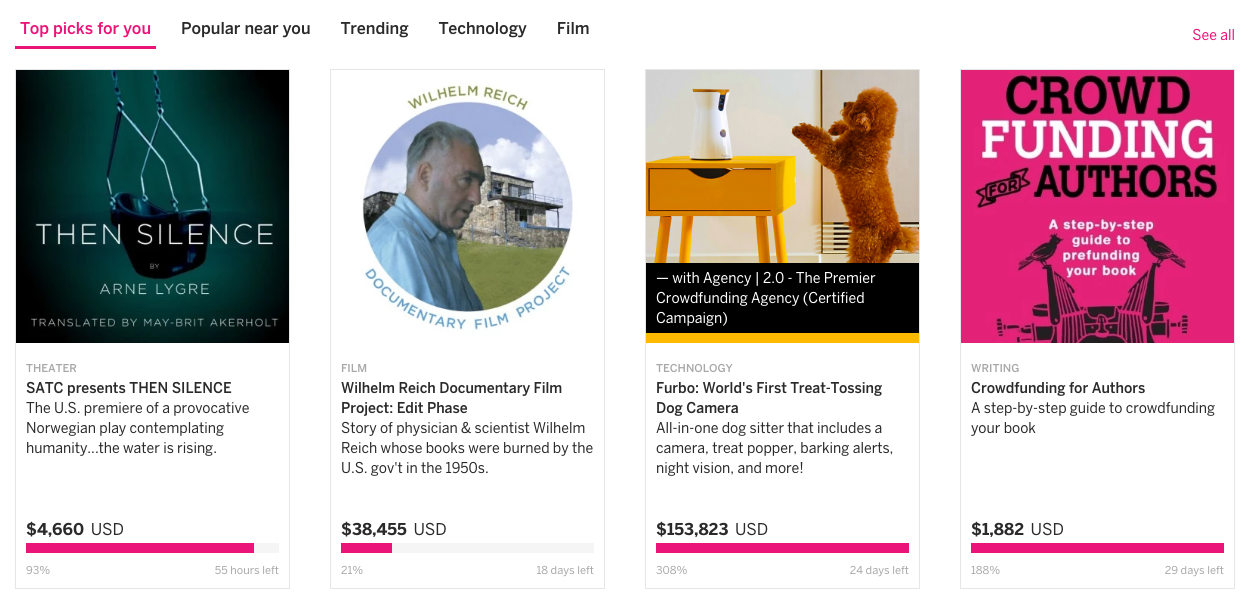
So how does one pick which crowdfunding website is best for their project or idea? Fortunately, Shopify has explored the features of different online crowdfunding websites with a guide to crowdfunding. To make things even easier, they’ve created a table that compares 5 popular online crowdfunding platforms to explore which site best fits a particular business idea or project deemed to become most successful.
2. Viral Videos
One of the more difficult but highly effective unconventional online marketing tactics is creating a viral video. Hoping to achieve engagement through sharing a viral campaign incurring a minimal cost as possible is easier said than done, making it the holy grail of internet marketing. There’s a lot of effort, research, and theories available on how to make a successful viral video campaign. For example, viral video needs to include emotion, but not over promote, tell a story or tell you it’s all about humanity. It is important to find what is right for your brand and your audience before diving into creating a viral video.
However, for good measure, one successful viral video campaign we can learn from is the Dollar Shave Club. It was in 2012, that founder Michael Dublin launched his video “DollarShaveClub.com - Our Blades Are F***ing Great.” The video went crazy viral over cheap razors that can be purchased online and delivered to your home. According to inc.com, the video only took a day to shoot, cost $4,500 to produce, and went absolutely gangbusters in 72 hours. Fortune magazine reveals the monetary success of the company with first-year sales at $4 million, followed by $19 million in 2013 and $65 million in 2014. Business Insider Australia last year revealed that the company was valued at $615 million US. Entrepreneur.com deem the video to be a success because it’s universally funny.
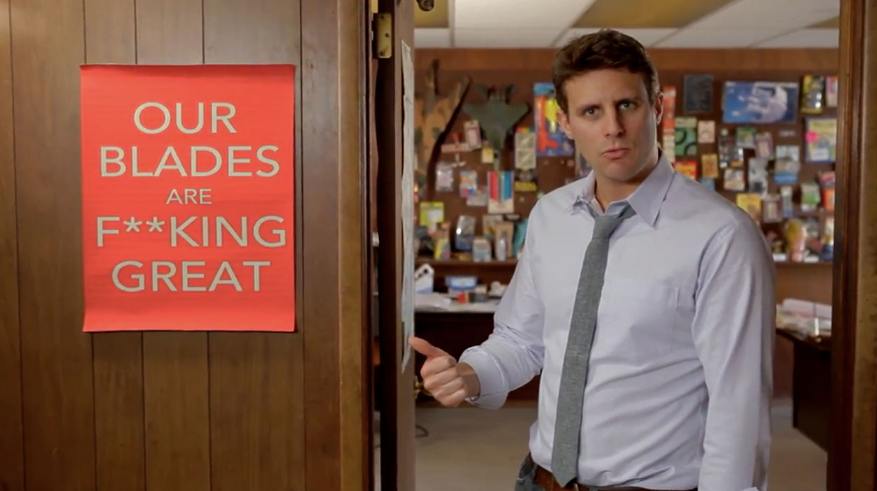
3. Teaser campaigns
One of the main reasons for implementing unconventional marketing tactics is to constantly engage and entertain an audience. Teaser campaigns on social media are a great way to do just that. Econsultancy also suggests that engaging consumers in teaser campaigns on social media are an excellent method for introducing and promoting new products. Effective teaser campaigns implement their marketing strategies on both organic and paid media to reach a targeted audience.
Cadbury has recently launched their new partnership with Oreo in promoting their new Cadbury Oreo block through a social media teaser campaign. The teaser campaign was launched just after their busy Easter season with a short teaser video on the 14th April .
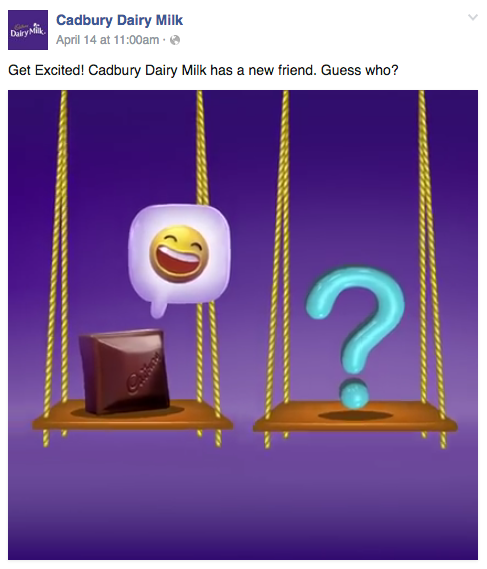
Cadbury then posted a few days after asking their Facebook followers if they wanted a hint as to who their new friend was in another short video.
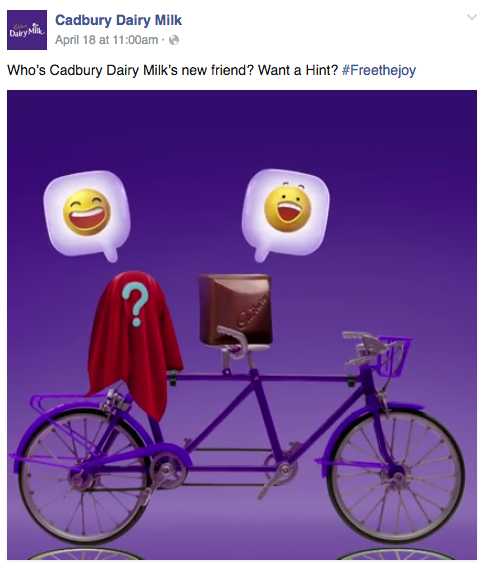
It was the 21st April when Cadbury revealed their new Oreo flavours. A very cute video of the two foods traveling around Australia was made to celebrate the new partnership between the food companies on the Cadbury Facebook page. A week after the video launched it reached approximately 1.6 million views.
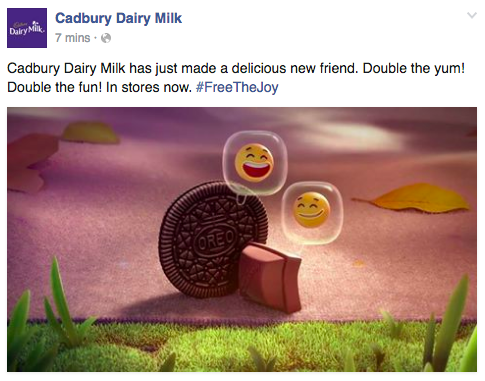
The campaign uses the well-known #FreetheJoy Cadbury hashtag which assists in branding the video and promoting the brand. The campaign also used paid media to market the product launch out-of-home with ads of the Cadbury Oreo blocks displayed on Sydney transport.
4. Freemium
What better way to engage people than offering products and service for free! This tactic is very popular amongst well-known programs such as Dropbox, Spotify and Candy Crush. Usually, their base models are offered free to encourage people to use their products and hopefully upgrade and pay for their premium software in the future.
Freemium is a business strategy which offers a product or service free of charge. The term freemium comes from a combination of ‘free’ and ‘premium’ and is different to a free trial. According to Harvard Business School, this unconventional business model is a useful marketing tool which allows a new product to attract a user base without expending resources on costly ad campaigns. LinkedIn is known to be one of the better administrators of the freemium strategy. Freemium.org believe Linkedin to be a leader in the freemium business model revealing how the strategy can lead to a profitable business venture. LinkedIn currently has 433 million users in over 200 countries and approximately 80% of users are using the free version.
It’s important to research your product and service first and see if it fits in the Freemium Business Model. For example, you may be willing to receive free storage offered by Dropbox, but steer clear when a Nigerian prince wants your credit card details for a free security trial.
5. Online Makers and Marketing
Join the online maker movement trend where individuals are empowered to create their own products and share online. Traditionally, the maker movement was offline and was mainly filled with people who recreated products from already used material or selling of vintage items. Being part of the maker movement seems a bit risky in terms of starting a small business but the online advantage of the maker movement is the next step forward.
The online maker movement assists in creating an online platform for artisans to sell and promote their products in a welcoming environment. With the advancement of technology, the online maker movement’s empowered those involved to achieve much more through digital communication channels, social media, and online marketplaces. Our favorite perk is that it disrupts the flow of big brands and gives the unique little guys something to support themselves with through selling, trading and buying unique goods.
One of the biggest factors driving the online maker movement is Etsy, an online marketplace with a peer-to-peer e-commerce focus on handmade or vintage items and supplies. Etsy was launched in 2005 and currently has 35 million+ items for sale, 1.6 million active sellers, 24 million active buyers and had $2.39 billion annual gross merchandise sales in 2015. The Economist mentions Etsy has added a social element that eBay has never mastered characterizing it as a unique ecommerce platform. Maker media reveals that Etsy’s audience is only growing and offering competition through personalised and customised goods in the face of their competitors.
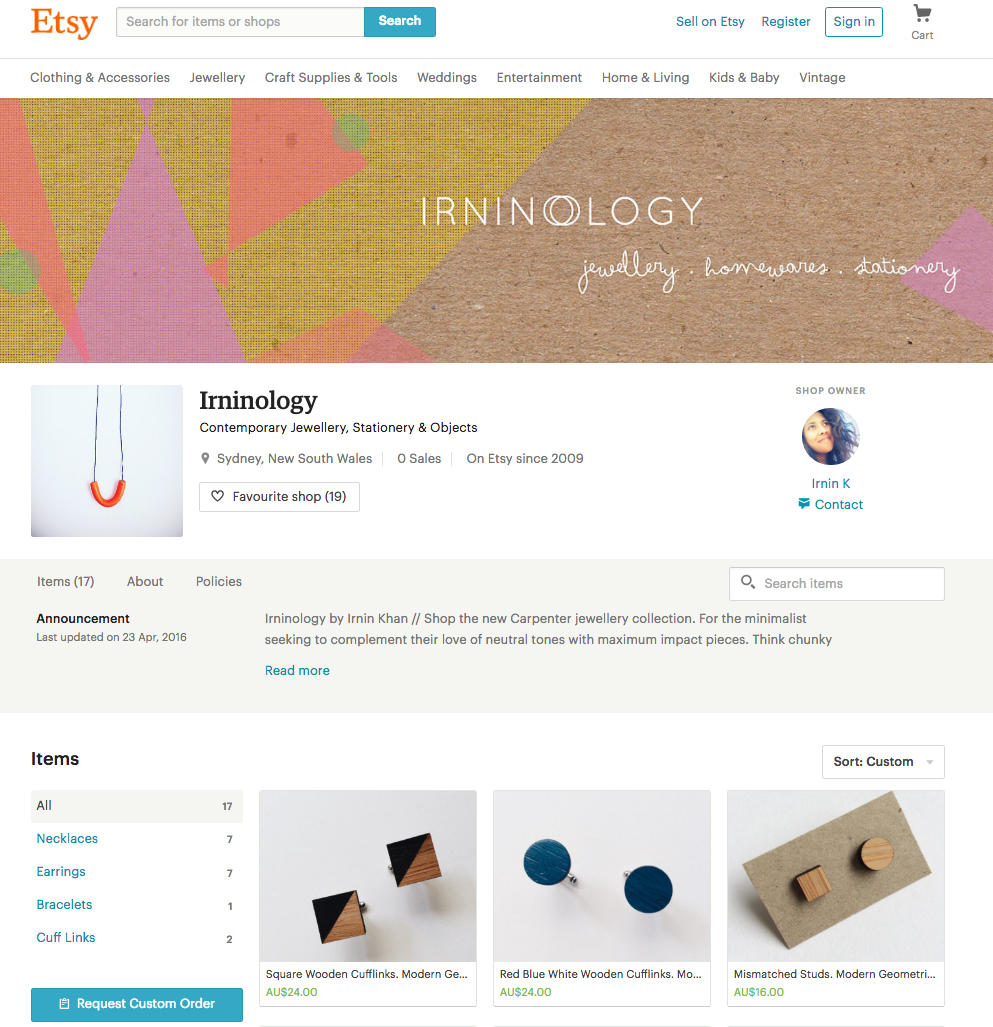
One of the biggest tools the online maker movement has up its sleeve is social media. Social media plays a big role in self-promotion and marketing of products through the maker movement. Through the ease of minimal costs, it’s easy to set up a multichannel social platform that tells your product’s story. One of the more favourable social platforms is Pinterest, which is a platform for inspiration and DIY projects. Instagram is also a very popular platform to display brands, designs and tell a story.
6. Retargeting
Retargeting is becoming a more popular unconventional marketing tool used by marketers. There is often confusion between retargeting and remarketing. Retargeting is slightly different to remarketing although at times the terms are used synonymously. Retargeting is generally in reference to online ad placements and display ads that are based on a user’s activity on your site. Whereas, remarketing is a term used to describe re-engaging customers, for example with email. Retargeting is a great tactic to use as it allows you to personally advertise to your targeted audience. The ads are also generally easy on the eye and have a call to action to encourage conversions.
AdRoll is a leading technology company offering advertisers retargeting products for cross-platform, cross-device display advertising. AdRoll explains in simpler terms that retargeting converts window-shoppers into buyers. Statistics from AdRoll reveal generally 2% of shoppers convert on the first visit to an online store yet, retargeting brings back the other 98%. AdRoll uses their technology to keep your brand and ads in the forefront of your targeted audience’s mind increasing recognition and recall.
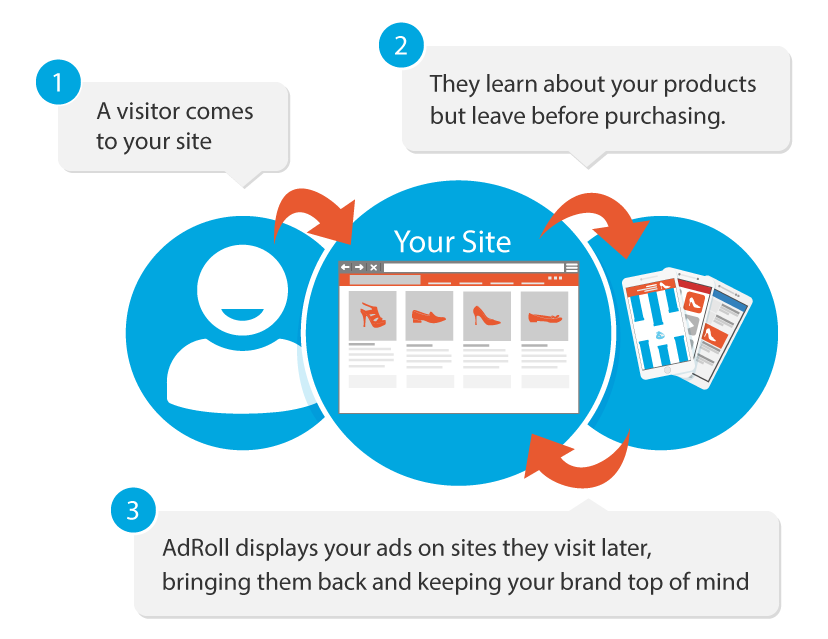
There are a number of ways to retarget including on websites, mobile, Facebook, Twitter and Instagram. There are even offline opportunities with AdRoll and incorporating your CRM database with users who have been MIA over time or those who simply prefer to be offline.
Google also promote retargeting or as they like to call it, remarketing to past website visitors and app users through their Google AdWords platform. The luxury of remarketing from a Google AdWords account is that your AdWords goals have already been set up and you are reaching your preferred target audience. Google mention multiple remarketing options on their site including:
- Standard remarketing: Show ads to your past visitors as they browse Display Network websites and use Display Network apps.
- Dynamic remarketing: Show dynamic ads to past visitors with products and services that they viewed on your website as they browse Display Network websites and use Display Network apps.
- Remarketing for mobile apps: Show ads to people who have used your mobile app or mobile website as they use other mobile apps or browse other mobile websites.
- Remarketing lists for search ads: Show ads to your past visitors as they do follow-up searches for what they need on Google, after leaving your website.
- Video remarketing: Show ads to people who have interacted with your videos or YouTube channel as they use YouTube and browse Display Network videos, websites and apps.
Remarketing options source: Google AdWords Support
These are just some of the unconventional internet marketing tactics and tools online. It’s best to see which tactics best suit your brand and story before launching any campaigns. It’s vital that research is also implemented in the consumers you wish to target. Ensure the emotional response you want or call-to-action from a campaign is in line with the consumer's thoughts and taste. And this wouldn’t be a Loves Data blog if we didn’t mention the benefits of Google Analytics, in this case, Universal Analytics. Universal Analytics has the ability to track a user's behaviour on different devices and uses a measurement protocol that is able to import data from online and offline devices. Implementing Universal Analytics to a site such as Kickstarter to track your project will help engage with your potential audience and monitor user activity.




Comments